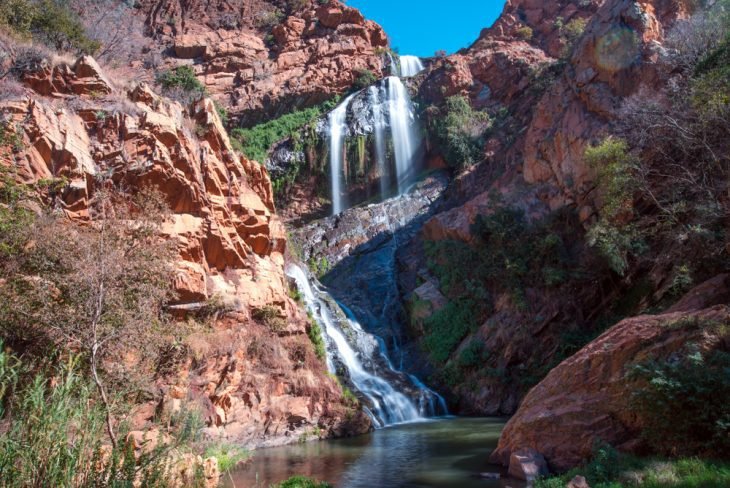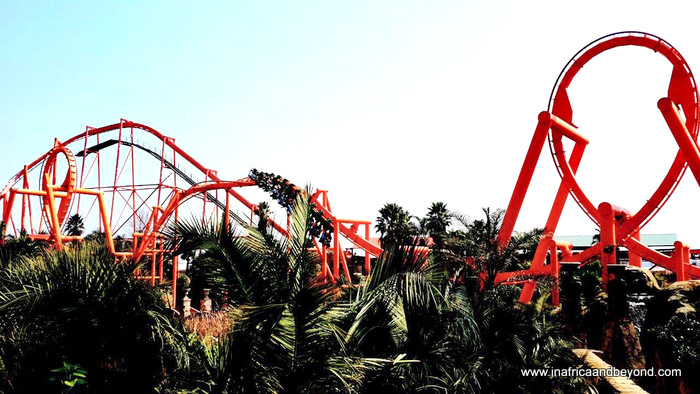The Ultimate Guide To Johannesburg North Attractions
The Ultimate Guide To Johannesburg North Attractions
Blog Article
The Best Guide To Johannesburg North Attractions
Table of ContentsSome Known Factual Statements About Johannesburg North Attractions The Ultimate Guide To Johannesburg North AttractionsWhat Does Johannesburg North Attractions Do?All About Johannesburg North AttractionsJohannesburg North Attractions Fundamentals ExplainedJohannesburg North Attractions Fundamentals Explained
The city grew on the side of the Witwatersrand Main Reef, a below ground stratum of gold-bearing quartz-silica corporation that arcs for hundreds of miles below the Highveld - Johannesburg North attractions. Most of the gold mines in the city ceased procedure in the 1970s, however in its day the Witwatersrand gold industry accounted for even more than 40 percent of the world's yearly gold production.Johannesburg has a temperate climate. The city appreciates regarding eight hours of sunlight per day in both winter months and summertime.
What rainfall the city obtains drops virtually solely in the summertime months, usually in magnificent late-afternoon electric tornados., where several residents still depend on coal for gas.

Some Known Factual Statements About Johannesburg North Attractions
The equilibrium of the city is occupied by whites. Lodging differs in personality and top quality.
Physical growth, although somewhat limited by transport, proceeded promptly as immigration to South Africa, and Johannesburg specifically, boosted considerably. This trouble was resolved in the 1930s when the vehicle was presented in automation to South Africa. Vehicles were, essentially, restricted to the affluent, and allowed them to relocate to the north of the city and commute right into the centre.
Most inadequate suburban areas were mixed, with bad blacks and whites living together, although the well-off suburban areas were usually booked for whites.
The previous system of eleven numbered areas was reorganised in 2006. Marshalltown, as seen from the top of the Carlton Centre. The M1 and M2 run behind the buildings, and the southerly suburban areas extend past the highway boundary. The central city of Johannesburg is situated within the city's Region F. The approximated populace of the region is 200,000, [] yet the number of people residing in the internal city on an informal basis is unidentified, as several are illegal immigrants. Many higher-income residents and white people have actually relocated to the northern residential areas and have been replaced by lower-income black individuals. The joblessness, education, and age profiles of the area are all unknown, as a result of the difficulty of acquiring reputable details about the area.
The smart Trick of Johannesburg North Attractions That Nobody is Talking About
Centred on the CBD, the region includes the suburban areas of Yeoville, Bellevue, Troyeville, Jeppestown, and Berea to the east. To the west it spreads out to Pageview (Johannesburg North attractions) and Fordsburg. There are little industrial parks to the south, such as City West-Denver and Benrose. Around 800,000 commuters pass through the central city on a daily basis, and it operates as a regional shopping node for visitors from the southerly suburban areas. Yeoville and Bellevue have a mix of apartment and single domestic units on tiny great deals. The region lies on a hilly divide that ranges from east to west. The most obvious geographical feature is Observatory Ridge, which is called for the big observatory located on it. The Johannesburg North attractions entertainment areas are no longer made use of, as a result of safety troubles.

Johannesburg North Attractions - The Facts
R. Tambo International Airport Terminal). The eastern suburbs are several of the earliest areas of Johannesburg, there are huge areas of Jewish and various other European histories, most of the populace is English talking. There are three golf courses along with a variety of protected ridges with viewsites. There are several strong and up-market enjoyment and shopping locations in the east redirected here such as the Eastgate Purchasing Centre and the Greenstone mall.
Initially built to house male migrant workers, lots of have been enhanced as houses for pairs and households. The residential area was not historically allowed to create employment centres within the area, so practically all of its citizens are travelers to various other components of the city.
All About Johannesburg North Attractions
The N1 Western Bypass connects the north residential areas with the north-western residential areas. The household locations in the north residential areas are mostly official, without substantial areas of casual real estate, or housing that does not have a long-term framework. This is a well established location, there is a pattern of land use modification from domestic to commercial, particularly along primary arterial roads and around well established nodes.
Roadways to the east and west are much less well developed, as there are no highways taking a trip in that direction. In the direction of the north boundary of the city, the density of development decreases, leaving large areas of primitive land around Midrand.
Excitement About Johannesburg North Attractions
The initial suburb to the north of the inner city is Parktown, which lies on a hillside like this ignoring the inner city and Hillbrow. It has lots of rich citizens and Edwardian-style estates, as well as the Education and Clinical universities of the University of the Witwatersrand. The big concrete Charlotte Maxeke Johannesburg Academic Medical Facility controls the skyline of Parktown.
Report this page